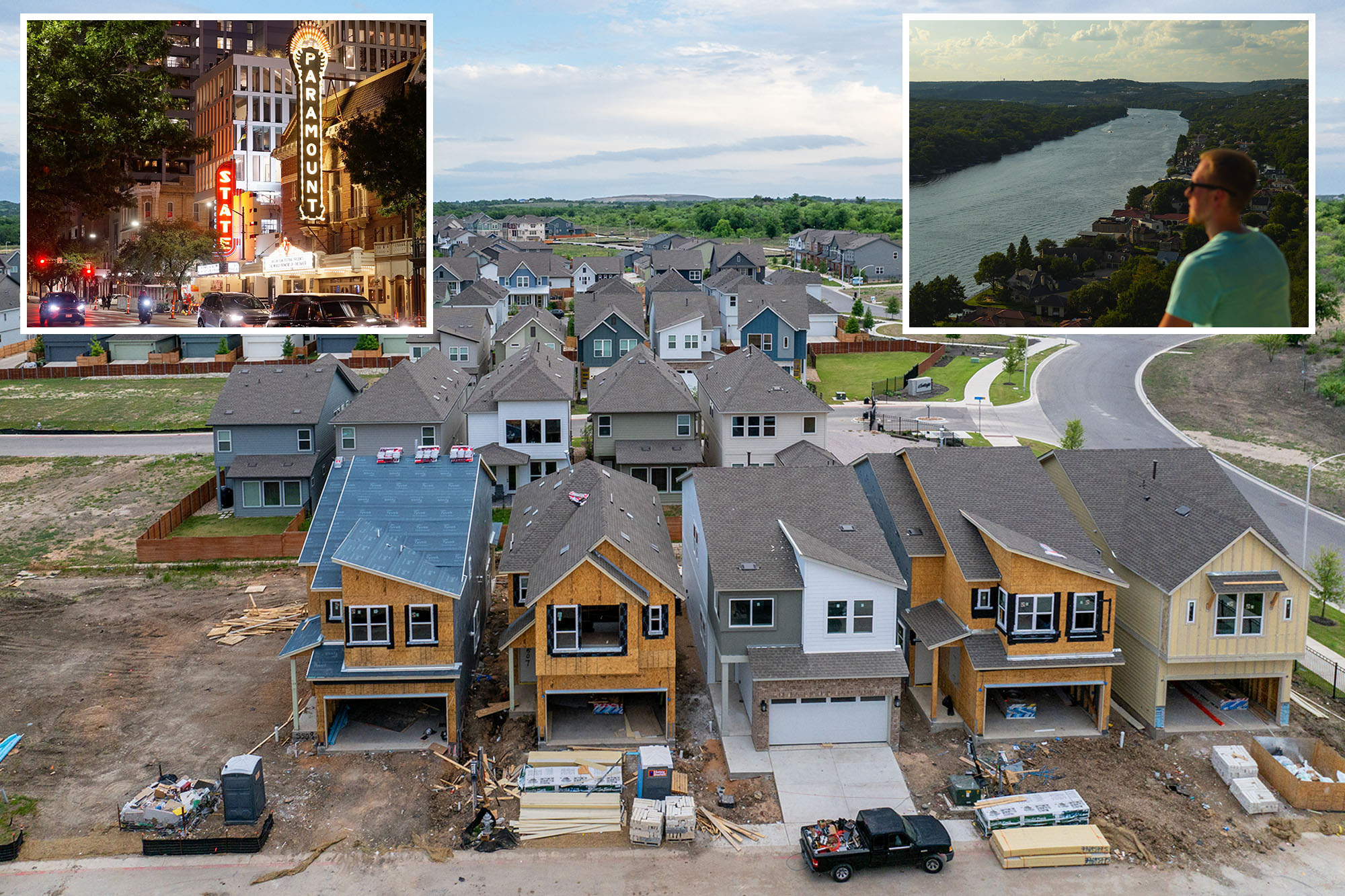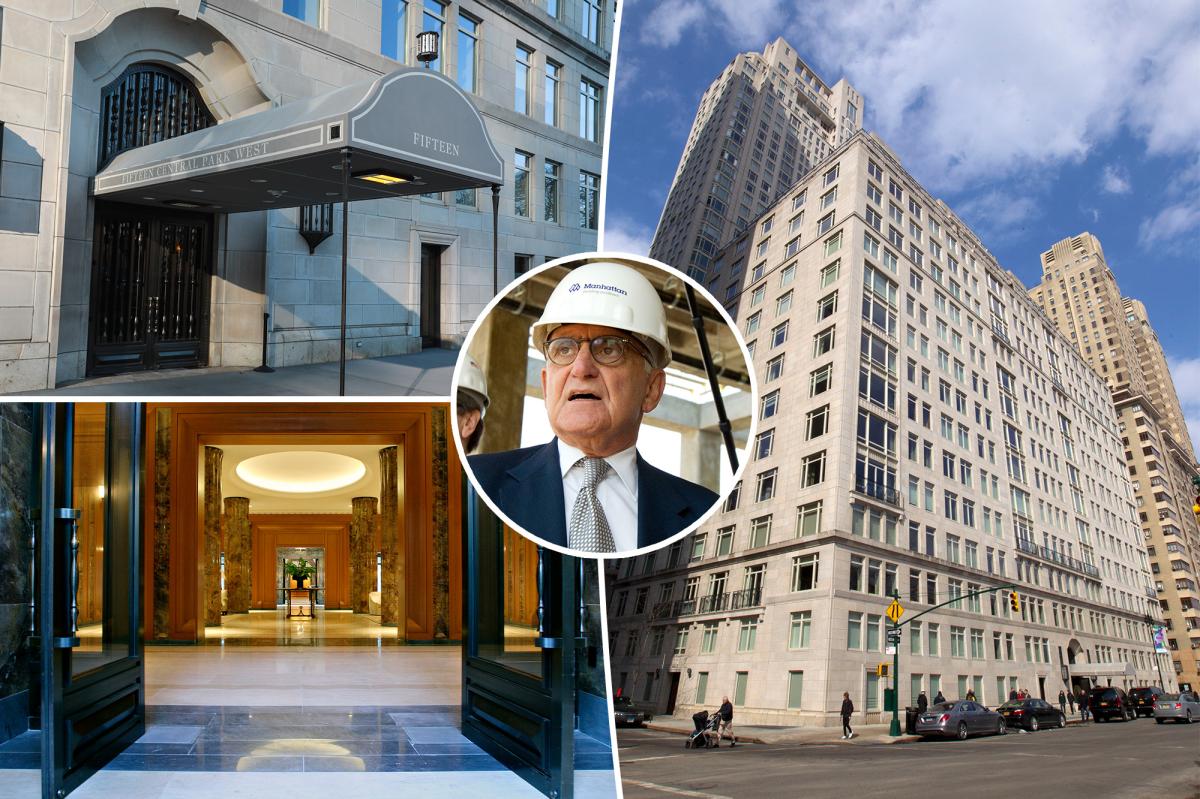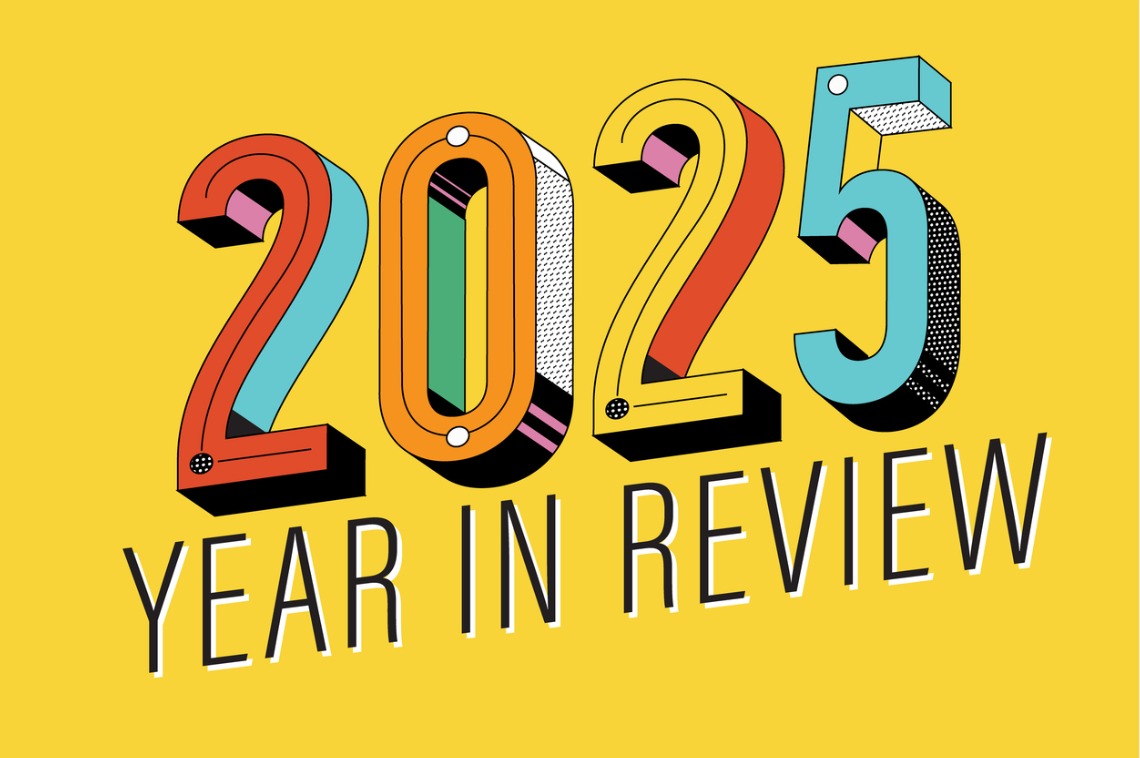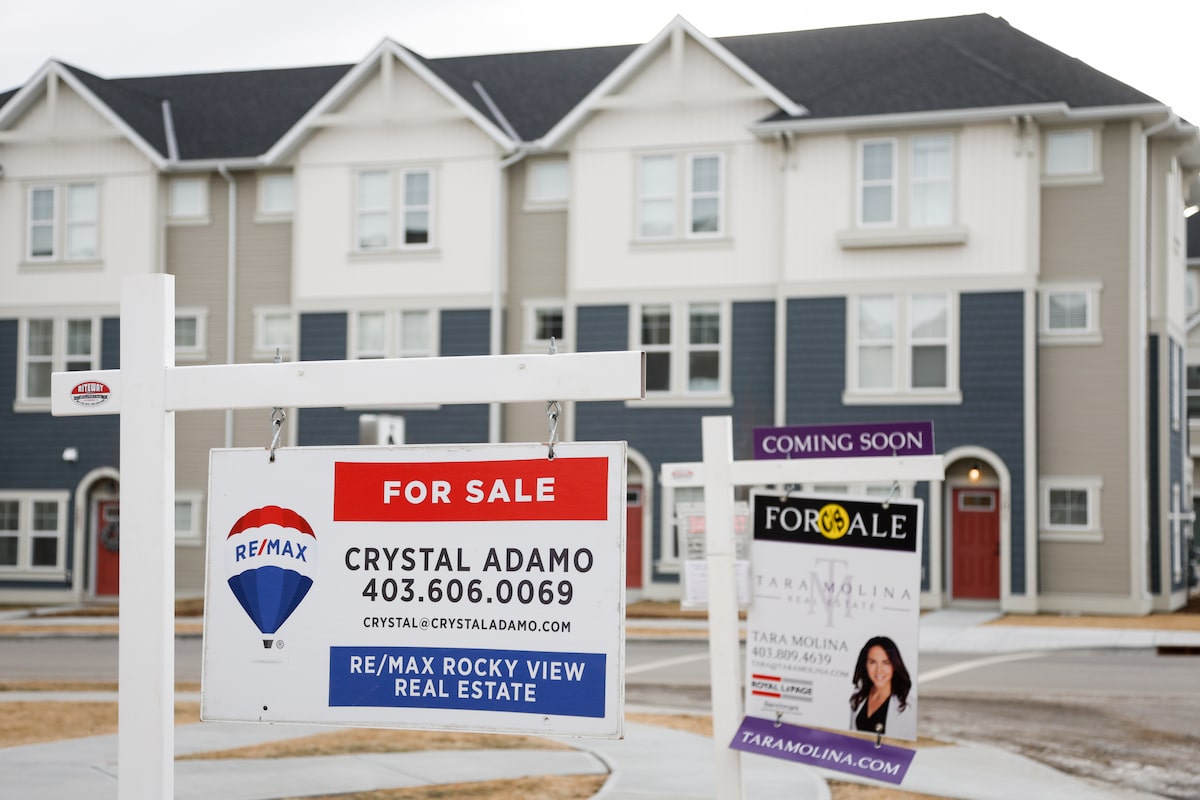T
ech firms moving into a city usually push rents higher, yet Austin, Texas, has defied that trend. Known for its live‑music scene, outdoor attractions, world‑class brisket, and low taxes, the capital now ranks as the United States’ most affordable rental market, Realtor.com reports. After a period of rapid growth, the city’s housing supply has expanded, pulling rents downward.
In September, the average asking rent was $1,411—a 7 % year‑over‑year decline. Austin residents spend only 16.5 % of their monthly paycheck on rent, down 2.8 percentage points from a year earlier. A global study by DWS Group places Austin third worldwide for rent‑to‑income ratios, with renters allocating roughly 23 % of earnings to landlords—higher than Brisbane but lower than Salt Lake City’s 19.7 %.
The affordability surge followed a wave of in‑migration during the 2020 lockdowns, when tech giants such as Oracle, Tesla, and others relocated from California. The influx of high‑income workers initially spiked rents by 25 % and pushed occupancy to nearly 92 %. City officials countered by easing height restrictions, reducing parking mandates, and streamlining the permitting process. These reforms spurred the construction of nearly 50,000 new rental units between 2023 and 2024, expanding the supply base and reversing the rent trend.
Realtor.com economist Jiayi Xu notes that Austin now experiences the largest rent decline among major U.S. metros in recent years. Bloomberg reports that almost every apartment in the city offers a discount or incentive to new tenants, reflecting the shift in market dynamics.
Despite the tech boom, Austin’s rental market has steadily softened, thanks to deliberate policy changes and a robust construction push. The result is a city where newcomers can enjoy its vibrant culture without the burden of sky‑high housing costs.














